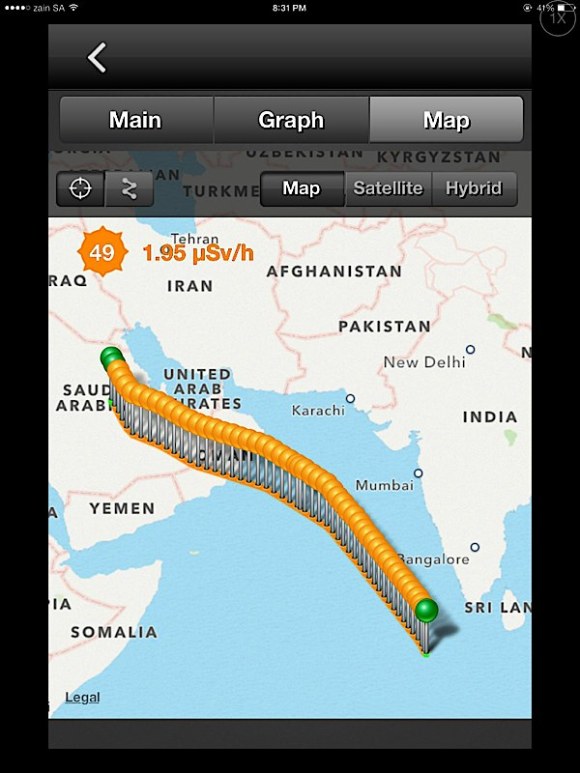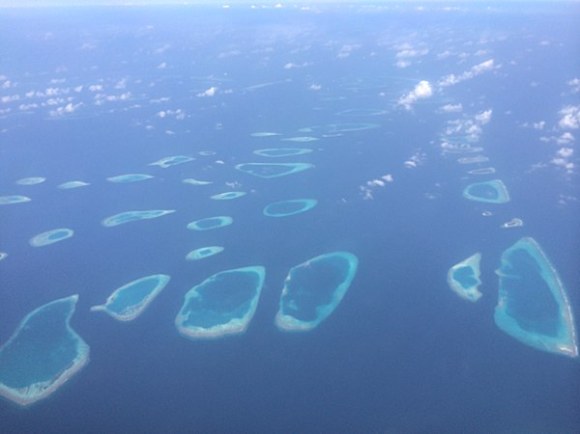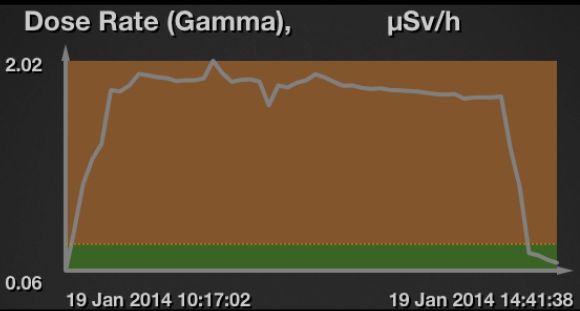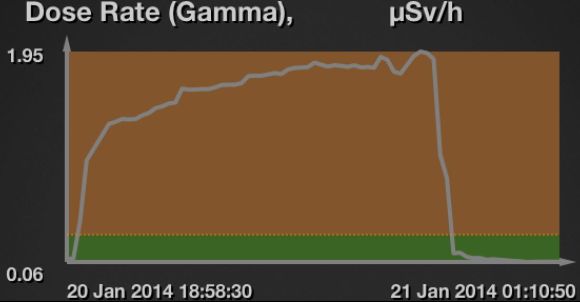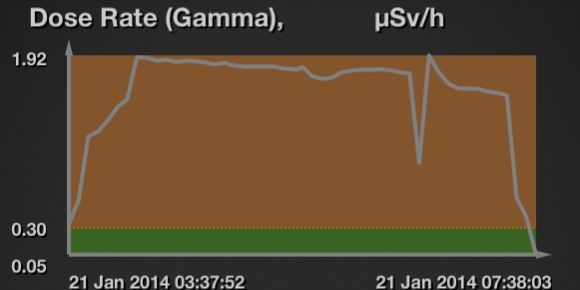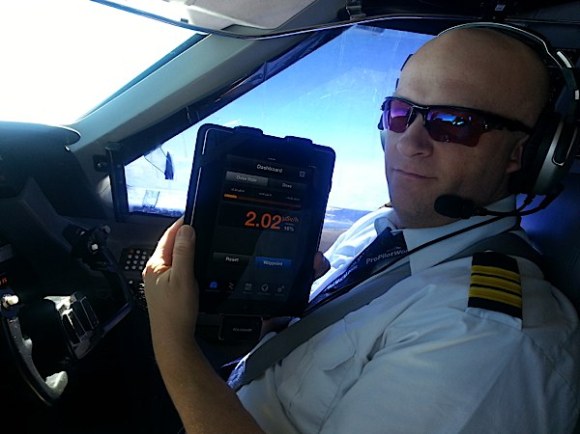
Whew, I just did 4 round trips between Saudi Arabia and the Maldives. That was 40 hours of flying in one week!
The Maldives are a group of islands (atolls actually) to the south of India. The country of Maldives actually consists of over a hundred tiny islands. It’s like no other place on Earth. Every island has it’s own purpose. When you land at the airport you’ll have to take a boat to your hotel on another island! Yes, there is the airport island. Next to it is the city island. Between the two is the prison island. And, pretty much, all the rest are resort islands. They get no hurricanes and the temperatures are decent throughout the year. There are no dangerous animals. There are nearly no bugs. There’s always a warm breeze, but it’s rarely too strong. The water is clear blue and there’s tons of exotic fish. Parrot-type birds and giant bats live in the trees. The place is a paradise of paradises.
Here’s me on the boat going to our resort hotel.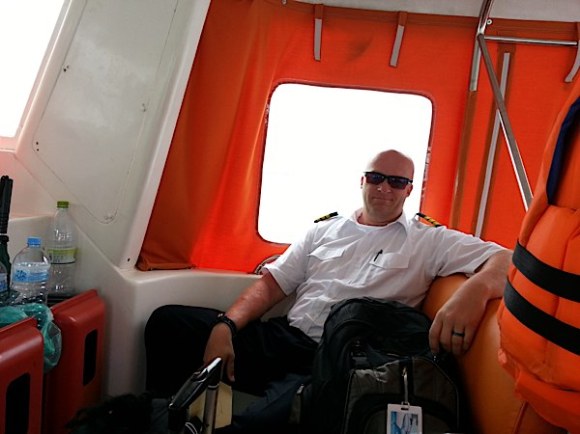
Enjoying myself in the middle of January. Sometimes I can’t believe I get paid for this!
We did a ton of flying. A round trip in the G-IV was 10 hours. Twice we flew all night with no sleep. It’s been an intense and exhausting week. But we finally had a full day off yesterday and I spent it snorkeling in the deep blue waters off of Paradise Island Resort. Amongst all the tropical fish I saw 5 reef sharks. It was spectacular!
Oh yes, what about the radiation? I almost forgot. I did have my meter on and recording during the flights. So what did we learn?
Radiation levels in the air over the equator are relatively low! Whereas the gamma radiation levels over the North Atlantic were over 4.0 micro-Seiverts per hour (uSv/hr) the levels near the equator were around 1.8 uSv/hr. We consistently flew at 40,000′-43,000′ and there was little difference between altitudes. These results were all between the latitudes of 4 and 22 degrees North.
Here are some graphs of the flights. I have more, but they look about the same.
This one was southbound.
This one was northbound. It drops at the end because I forgot to turn the meter off after we landed.
This one was southbound.
It can clearly be seen that the radiation level at the southern end of the route (4 degrees north of the equator) was lower than at the northern end (22 degrees north).
I did discover something interesting, though. The ground level radiation varied a lot more than it does on the ground at northern latitudes. During the day, the gamma radiation was about .11 uSv/hr measured on the porch of my beach-front villa. Every night, in the Maldives, it dropped down to about .06 uSv/hr. As we are measuring with Gamma rays, primarily cosmic radiation, these results make sense. At night the Earth is blocking the sun’s rays and the radiation level drops. I have not seen this extreme variation at home (36 degrees north) or anywhere else. The bulge of the Earth between the meter and the sun has a marked affect.
However, as you can see from the graphs above, the effect is not magnified in the upper atmosphere. Day or night it’s about the same. There’s a slight rise during the day, but only a little. The affect is of little note compared to the giant rise in radiation levels from the change in altitude.
Tomorrow I’m flying to Berlin :-0
